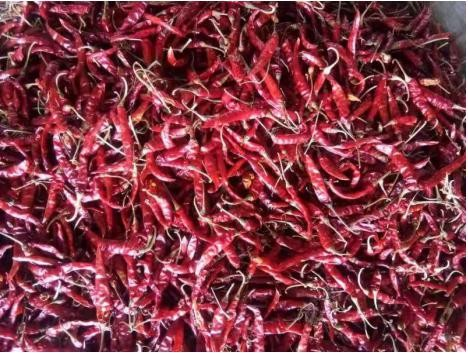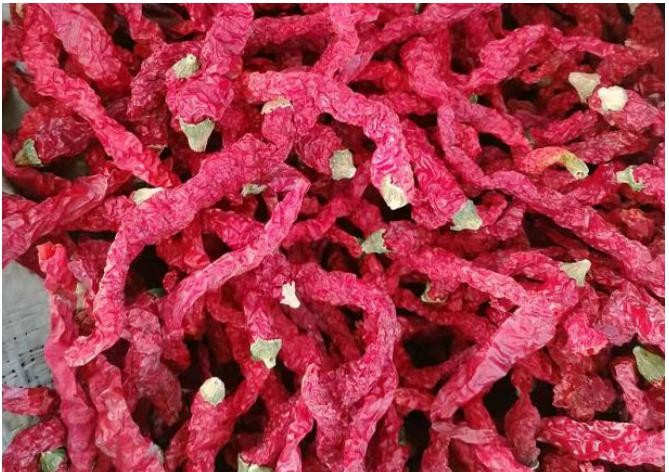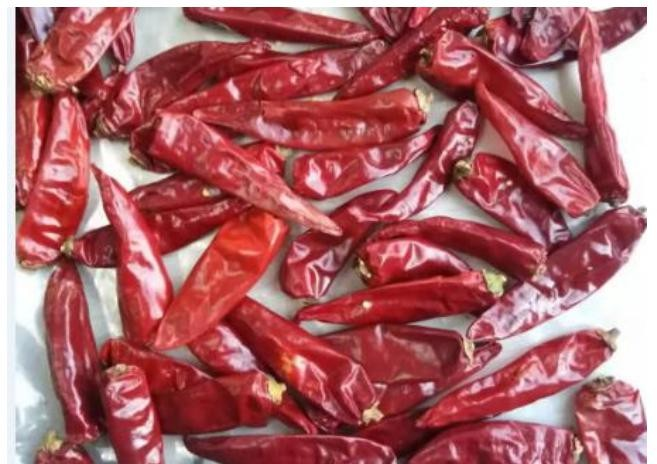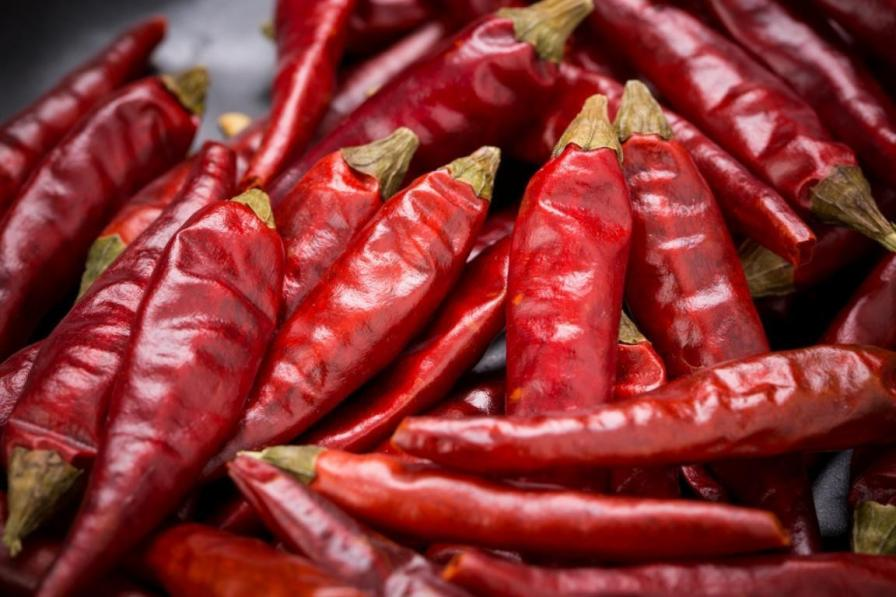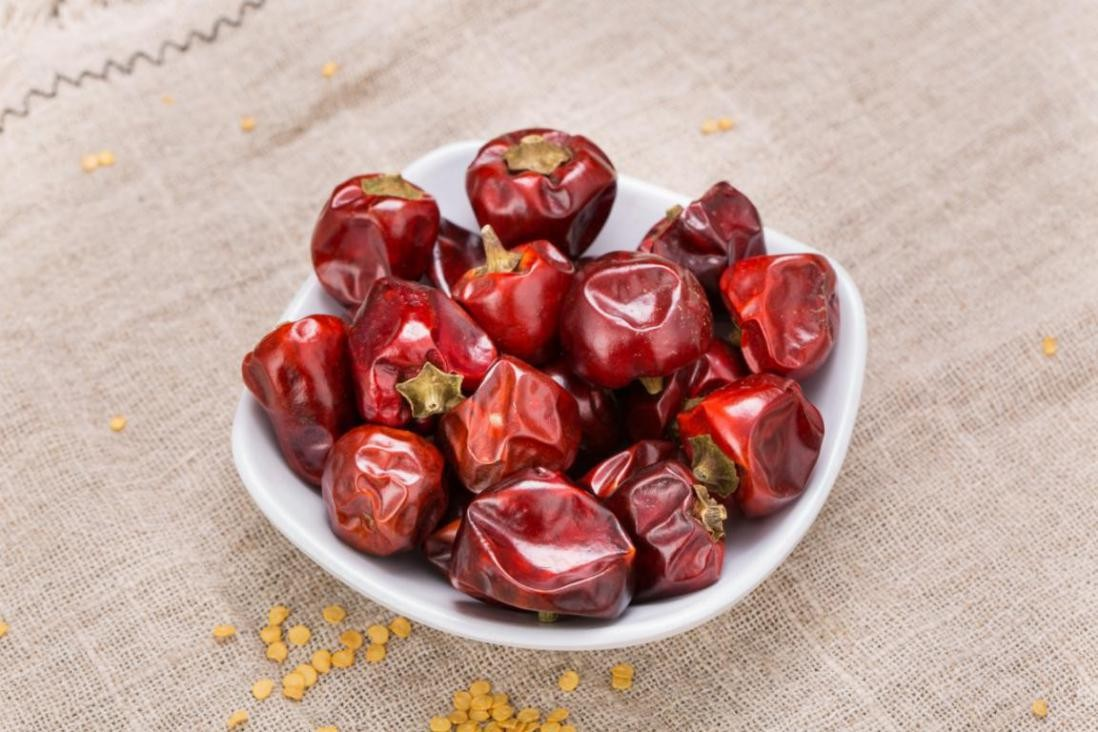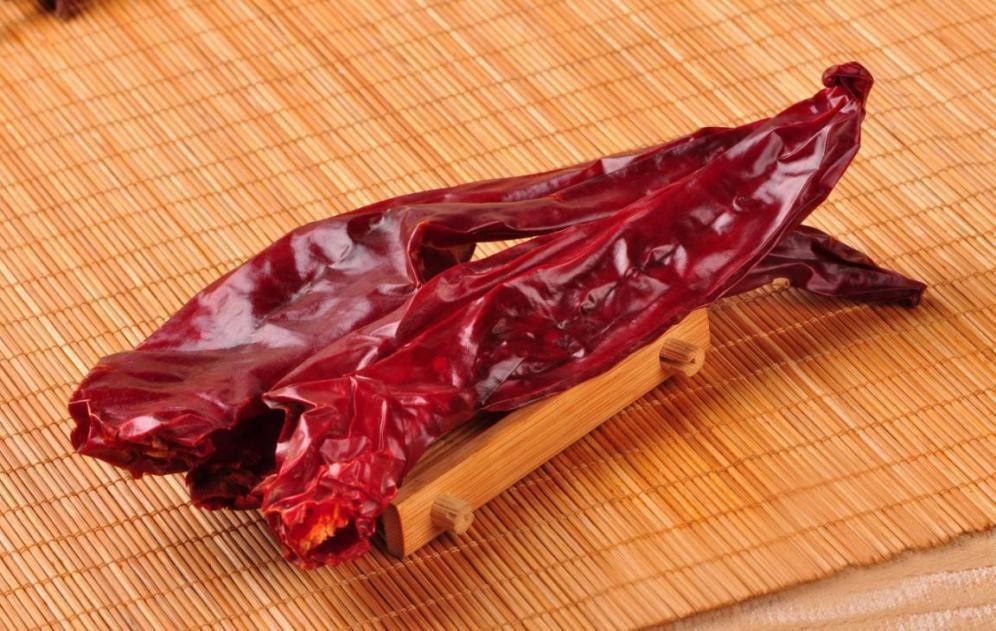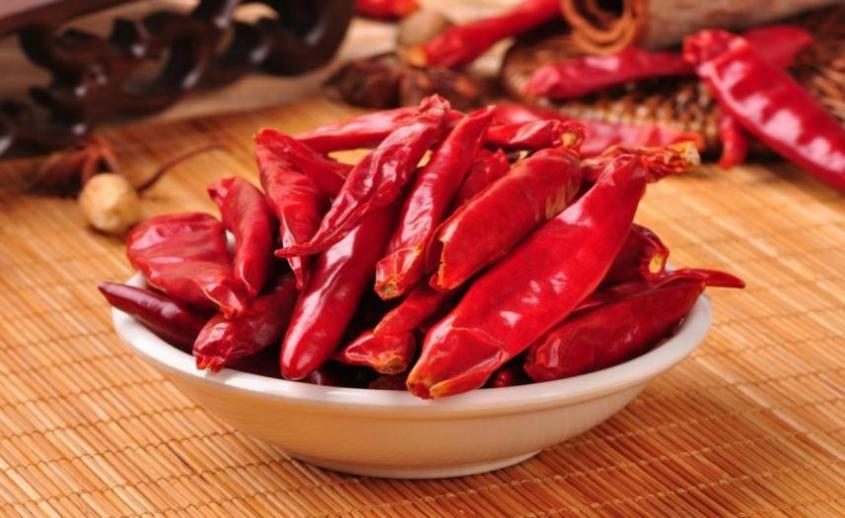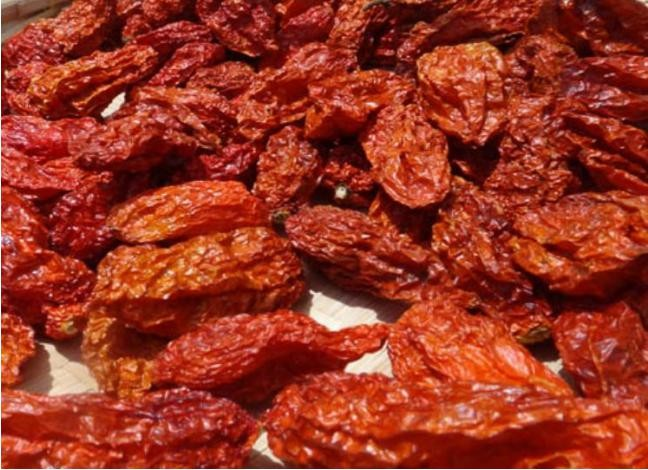Dec . 14, 2023 00:05 Back to list
The origin of chili peppers
The origin of pepper can be traced back to the tropical regions of Central and Latin America, with its primary countries of origin being Mexico, Peru, and various other locales. This spice has a rich history as an ancient cultivated crop, and its journey across the globe began when chili peppers were introduced to Europe from the New World in 1492, later reaching Japan between 1583 and 1598, and eventually making their way to Southeast Asian countries in the 17th century. Today, chili peppers are widely cultivated worldwide, including in China, showcasing a diverse array of types and varieties.
In China, the introduction of chili peppers occurred around the middle of the Ming Dynasty. Historical records, notably found in Tang Xianzu's "The Peony Pavilion," refer to them as "pepper flowers" during that era. Research indicates that chili peppers entered China through two main routes: firstly, via the coast of Southeast Asia to regions such as Guangdong, Guangxi, Yunnan, and secondly, through the west, reaching areas like Gansu and Shaanxi. Despite its relatively short cultivation history, China has become the world's leading producer of peppers, surpassing India, Indonesia, and Thailand. Notably, peppers from Handan, Xi'an, and Chengdu are renowned globally, with "Xi'an pepper," also known as Qin pepper, gaining fame for its slender form, even wrinkles, bright red color, and spicy flavor.
The distribution of chili varieties in China reflects regional preferences. Southern regions exhibit a strong affinity for spicy varieties like Chaotian peppers, line peppers, xiaomi peppers, and lamb's horn peppers. These peppers offer diverse flavor profiles, ranging from spiciness with sweetness to a sweet and spicy combination. Some areas prefer milder varieties, such as Shanghai bell pepper, Qiemen bell pepper, and Tianjin large bell pepper, characterized by their size and thickness, leaving a pleasant, spicy-sweet taste without overwhelming heat.
Chili peppers in China are versatile, being used in stir-fries, cooked dishes, raw consumption, and pickling. Additionally, they are processed into popular condiments like chili sauce, chili oil, and chili powder, contributing to the diverse culinary landscape.
-
The Best Scrambled Eggs with Chili Pepper Cut
NewsJul.24,2025
-
Recipes for Soup with Crushed Dried Red Pepper
NewsJul.24,2025
-
Preventing Mold in Bulk Dried Peppers
NewsJul.24,2025
-
Pickling Whole Red Pepper Pods Techniques
NewsJul.24,2025
-
Perfect Heat Levels with Crush Chili Peppers
NewsJul.24,2025
-
Organic Options for Red Pepper Powder for Kimchi
NewsJul.24,2025


